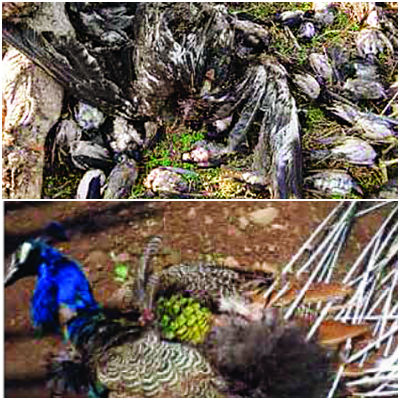
A total 26 species of birds and nine species of mammals were killed in Marathwada and Vidarbha during the period from March 1 to 10 and on May 1 and 2, BNHS stated in the report that was released on Tuesday.
Mass mortality was reported in 27 areas with high mortality in 14 areas, each covering about 25 sq km.
"A high number of deaths were reported for birds that prefer residing near human habitation. Some of these are mynas, owls, parakeets and kites," the report states.
The highest rate of mass mortality was observed at the roosting sites of birds such as rosy starling, the house sparrow and rose-ringed parakeet. Birds such as coucal, bulbul, drongo, quail, lark, egret and bee-eaters were found dead across the study area.
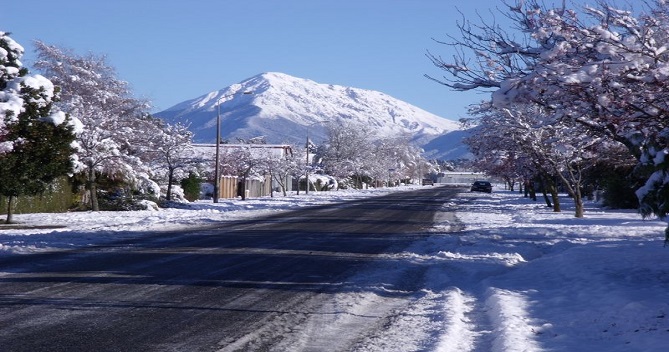
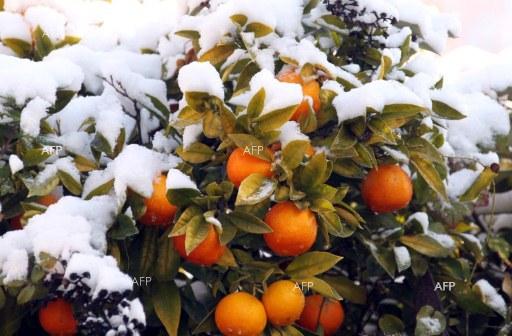
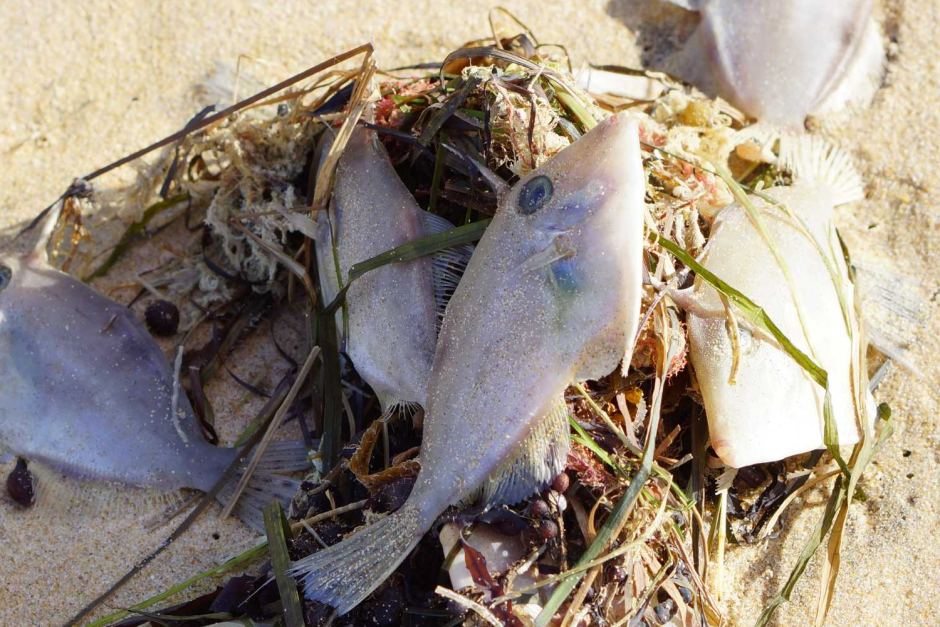
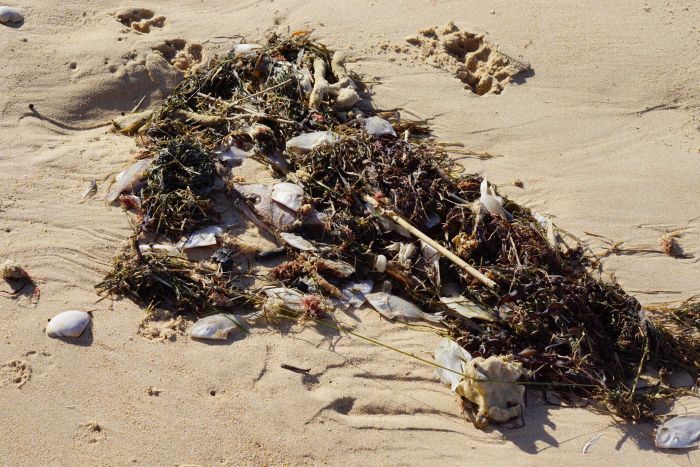

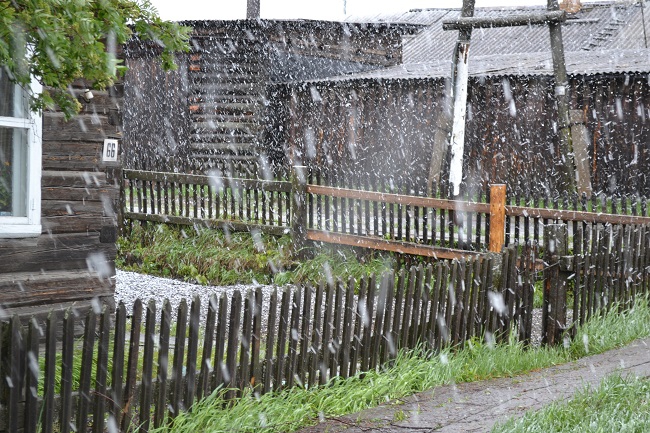
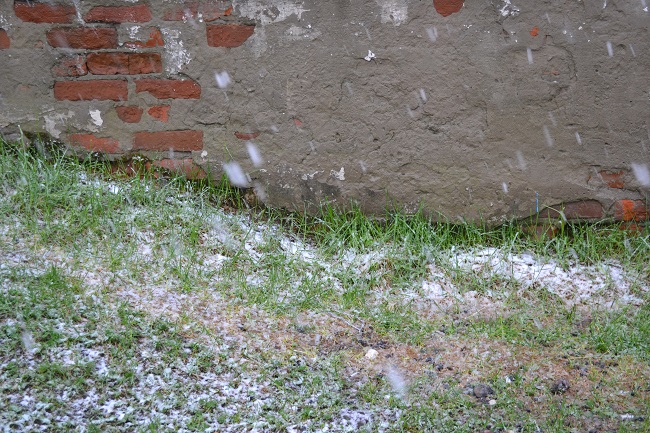

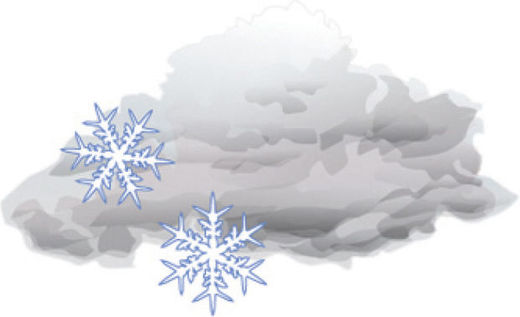
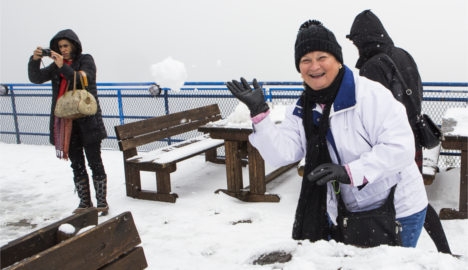




Comment: See also: Tens of thousands of fish wash up on the east coast of Tasmania
Mass of spider crab shells wash up on Tasmania's east coast